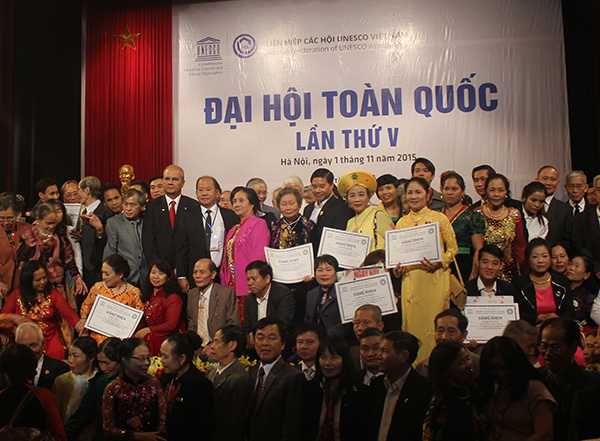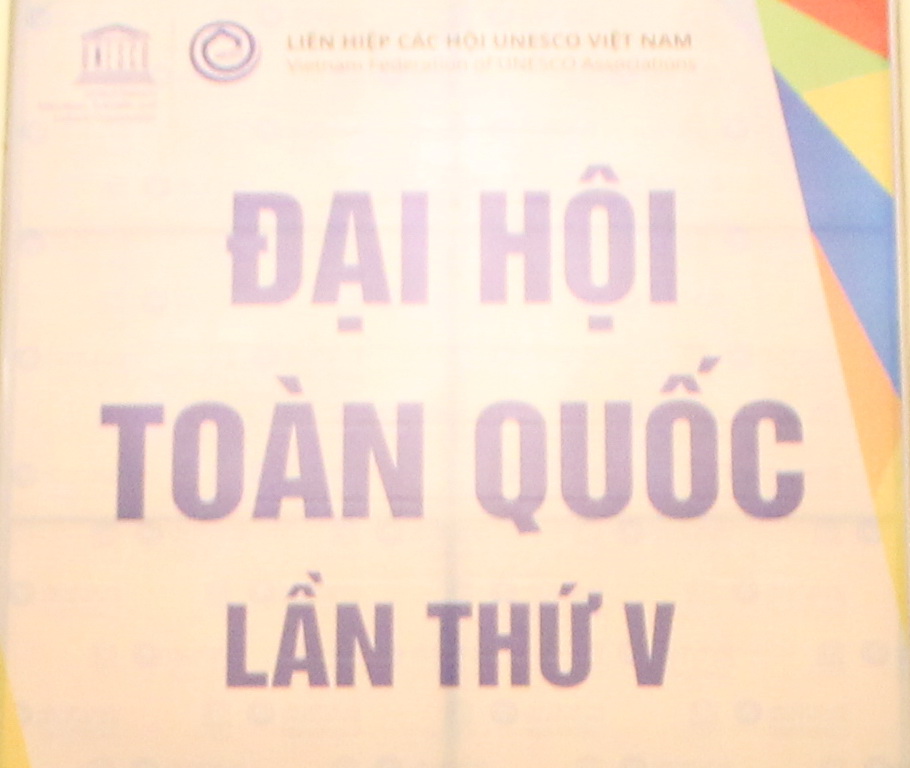Cận cảnh những gương mặt ưu tú nhất
13:48 ngày 13/11/201
http://tintuc.vn/kham-pha/nobel-dot-pha-2015-can-canh-nhung-guong-mat-uu-tu-nhat-81579
Hôm 8/11 vừa qua, 5 nhà khoa học, 1 nhà toán học và một nhóm 7 nhà vật lý đã được tôn vinh trao giải thưởng Nobel Đột phá 2015, với tổng giải thưởng 21 triệu USD.
Vào năm 2012, quỹ Giải thưởng Nobel Đột phá được sáng lập bởi Arthur Levinson, Chủ tịch Công ty Genentech.
Các nhà tài trợ gồm có: vợ chồng Sergey Brin là người đồng sáng lập hãng Google, tỷ phú Mark Zuckerberg – người sáng lập ra Facebook, và 2 tỷ phú người Nga.
Họ tự nguyện lập quỹ trao giải hàng năm cho những nhà khoa học, nhà nghiên cứu có công trình nghiên cứu mang tính đột phá, mang lại lợi ích to lớn cho nhân loại.
Mỗi phần thưởng của giải Nobel Đột phá trị giá 3 triệu USD, nhiều gấp 3 lần so với phần thưởng các giải Nobel bình thường là 925.000 USD.
Năm ngoái, giải Nobel Đột phá được trao cho 12 nhà nghiên cứu với tổng trị giá phần thưởng 33 triệu USD.
Khi được hỏi rằng "vì sao tổng giá trị giải thưởng năm nay đã bị giảm 50%, người phát ngôn của quỹ giải Nobel Đột phá cho biết "giá trị mỗi phần thưởng dao động qua từng năm".
Ví dụ năm nay, tám nhà khoa học chia nhau phần thưởng 500.000 USD. Một cậu học sinh 18 tuổi được phần thưởng 400.000 USD không chỉ cho chính mình mà phải chia cho giáo viên và nhà trường.

Cúp giải Nobel Đột phá tôn vinh thành tựu trọn đời.

Nhà khoa học John Hardy (đứng giữa) nhận giải thưởng Nobel Đột phá 2016 từ vợ chồng nhà đồng sáng lập hãng Google Sergey Brin.

Những nhà khoa học được nhận giải thưởng Nobel Đột phá 2016, trên sân khấu khán phòng Mountain View tại bang California, Mỹ vào tối 8-11.

Nhà khoa học Edward Boyden đoạt giải thưởng 3 triệu USD cho công trình nghiên cứu neuron để điều khiển hoạt động điện trường neuron bằng ánh sáng.

Nhà nghiên cứu Karl Deisseroth (đứng bên phải sân khấu) thuộc trường ĐH Stanford và Viện Nghiên cứu Y học Howard Hughes nhận phần thưởng 3 triệu USD.

Nhà nghiên cứu John Hardy của trường ĐH London nhận phần thưởng 3 triệu USD vì những phát hiện về đột biến có ý nghĩa mở ra hướng phòng chống và điều trị mới cho bệnh Alzheimer.

Nhà nghiên cứu Helen Hobbs (đứng giữa) thuộc Trung tâm Y học của trường ĐH Texas Southwestern và Viện Nghiên cứu Y học Howard Hughes đoạt phần thưởng 3 triệu USD. Bà đã phát hiện ra gen khống chế mỡ và cholesterol mở ra hướng phòng tránh mới cho bệnh tim mạch và gan.

Nhà nghiên cứu Svante Pääbo thuộc Viện Nghiên cứu Max Planck đoạt phần thưởng 3 triệu USD vì giải mã và tái thiết được bộ gen người cổ đại Neanderthal là tổ tiên của loài người hiện đại.

7 nhà vật lý đại diện cho 1.377 nhà nghiên cứu khác, nhận giải thưởng 3 triệu USD vì phát hiện về cấu trúc lỏng lẻo neutrino, mở ra hướng phát triển xa hơn cho dạng vật lý tiêu chuẩn.

Nhà toán học Ian Agol thuộc trường ĐH California và Viên Nghiên cứu Advanced Study nhận giải thưởng 3 triệu USD vì những đóng góp cho nhóm nghiên cứu hình học kích cỡ nhỏ, có liên quan đến toán học.

Ryan Chester, học sinh trung học đầu tiên nhận giải Nobel Đột phá.
Lần đầu tiên giải thưởng Đột phát được trao cho một học sinh trung học. Cậu học sinh Ryan Chester của trường Trung học North Royalton, bang Ohio (Mỹ) được nhận giải thưởng vì video khoa học do cậu tự làm giải thích giả thuyết về thời gian.
Số tiền 400.000 USD giải thưởng được chỉa ra thành học bổng 250.000 USD cho Ryan Chester, 50.000 USD thưởng cho giáo viên của Ryan và 100.000 thưởng cho trường Ryan học.
* Theo Tech Insider
====================================================
https://breakthroughprize.org/Ian Agol
From Wikipedia, the free encyclopedia
| Ian Agol | |
|---|---|

Ian Agol in Aarhus, August 2012
| |
| Born | May 13, 1970 Hollywood, California |
| Nationality | American |
| Fields | Mathematics |
| Institutions | University of California, Berkeley |
| Alma mater | California Institute of Technology University of California, San Diego |
| Doctoral advisor | Michael Freedman |
| Doctoral students | Christopher K Atkinson |
| Known for | Virtually Haken conjecture Freedman–He–Wang conjecture Wise's conjecture |
| Notable awards | Veblen Prize in Geometry (2013) Senior Berwick Prize (2012) Clay Research Award (2009) Breakthrough Prize in Mathematics (2016)[1] |
Ian Agol (born May 13, 1970) is an American mathematician who deals primarily with the topology of three-dimensional manifolds.[2]
Agol obtained his Ph.D. in 1998 from the University of California, San Diego with Michael Freedman (Topology of Hyperbolic 3-Manifolds).[3] He is a professor at the University of California, Berkeley[4] and a former professor at the University of Illinois at Chicago.[5]
Ian Agol, Danny Calegari and David Gabai received the 2009 Clay Research Award for the proof of the Marden tameness conjecture, a conjecture of Albert Marden.[6] It states that a hyperbolic 3-manifold with finitely generated fundamental group is homeomorphic to the interior of a compact 3-manifold. The conjecture was proven in 2004 by Agol, and independently by Calegari with Gabai, and implies the Ahlfors measure conjecture.[6]
In 2005 he was a Guggenheim Fellow.[7] In 2012 he became a fellow of the American Mathematical Society.[8]
In 2012 he announced a proof of the virtually Haken conjecture. It states that every aspherical 3-manifold is finitely covered by a Haken manifold.
In 2015, he was awarded the 2016 Breakthrough Prize in Mathematics - "for spectacular contributions to low dimensional topologyand geometric group theory, including work on the solutions of the tameness, virtually Haken and virtual fibering conjectures."[10]
His twin brother, Eric Agol,[11][12] is an astronomy professor at the University of Washington in Seattle.[13]
----------------------------------------------------------------
Breakthrough Prize in Mathematics
From Wikipedia, the free encyclopedia
The Breakthrough Prize in Mathematics is an award announced in 2013, and funded by Yuri Milner and Mark Zuckerberg.[1]
Recipients
2015
The first awards of the Prize, worth $3 million to each recipient, were made in 2014 (for the year 2015) to:[2]
- Simon Donaldson – "For the new revolutionary invariants of 4-dimensional manifolds and for the study of the relation between stability in algebraic geometry and in global differential geometry, both for bundles and for Fano varieties."[3]
- Maxim Kontsevich – "For work making a deep impact in a vast variety of mathematical disciplines, including algebraic geometry, deformation theory, symplectic topology,homological algebra and dynamical systems."[4]
- Jacob Lurie – "For his work on the foundations of higher category theory and derived algebraic geometry; for the classification of fully extended topological quantum field theories; and for providing a moduli-theoretic interpretation of elliptic cohomology."[5]
- Terence Tao – "For numerous breakthrough contributions to harmonic analysis, combinatorics, partial differential equations and analytic number theory."[6]
- Richard Taylor – "For numerous breakthrough results in the theory of automorphic forms, including the Taniyama–Weil conjecture, the local Langlands conjecture for general linear groups, and the Sato–Tate conjecture."[7]
2016
The 2016 prize was announced in November 2015, and it was made to:
- Ian Agol – "For spectacular contributions to low dimensional topology and geometric group theory, including work on the solutions of the tameness, virtually Haken and virtual fibering conjectures."[8][9]
See also
Notes
- ^ $3 Million Prizes Will Go to Mathematicians, Too
- ^ New York Times, 23 June 2014, The Multimillion-Dollar Minds of 5 Mathematical Masters
- ^ Mathematics Breakthrough Prize > Laureates > Simon Donaldson
- ^ Mathematics Breakthrough Prize > Laureates > Maxim Kontsevich
- ^ Mathematics Breakthrough Prize > Laureates > Jacob Lurie
- ^ Mathematics Breakthrough Prize > Laureates > Terence Tao
- ^ Mathematics Breakthrough Prize > Laureates > Richard Taylor
- ^ New York Times, 8 November 2015, Breakthrough Prizes Give Top Scientists the Rock Star Treatment
- ^ Mathematics Breakthrough Prize > Laureates > Ian Agol
---------------------------------------------------------------------------
Breakthrough Prize
From Wikipedia, the free encyclopedia
| The Breakthrough Prize | |
|---|---|
| Awarded for | Outstanding contributions inLife Sciences, Fundamental Physics, and Mathematics |
| Presented by | The Breakthrough Prize Board |
| First awarded | 2012 |
| Official website | breakthroughprize.org |
The Breakthrough Prize is a set of international awards bestowed in three categories by Breakthrough Prize Board in recognition of scientific advance.[1]
- Breakthrough Prize in Life Sciences
- Breakthrough Prize in Fundamental Physics
- Breakthrough Prize in Mathematics
These prizes were founded by Sergey Brin and Anne Wojcicki, Mark Zuckerberg and Priscilla Chan, Yuri Milner and Julia Milner, andJack Ma and Cathy Zhang. Committees of previous laureates choose the winners from candidates nominated in a process that’s online and open to the public.[2]
Laureates receive $3 million each in prize money. They attend a televised award ceremony designed to celebrate their achievements and inspire the next generation of scientists. As part of the ceremony schedule, they also engage in a program of lectures and discussions. Those that go on to make fresh discoveries remain eligible for future Breakthrough Prizes.[2]
Trophy
The Breakthrough Prize trophy was created by artist Olafur Eliasson. Like much of Eliasson's work, the sculpture explores the common ground between art and science. It is molded into the shape of a toroid, recalling natural forms found from black holes and galaxies to seashells and coils of DNA.[3]



















